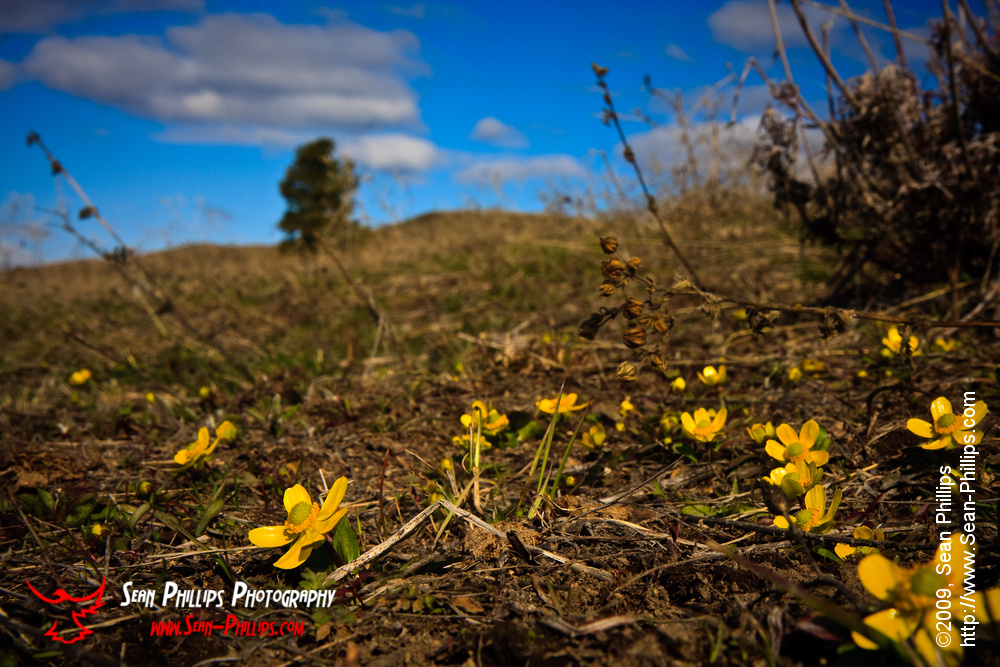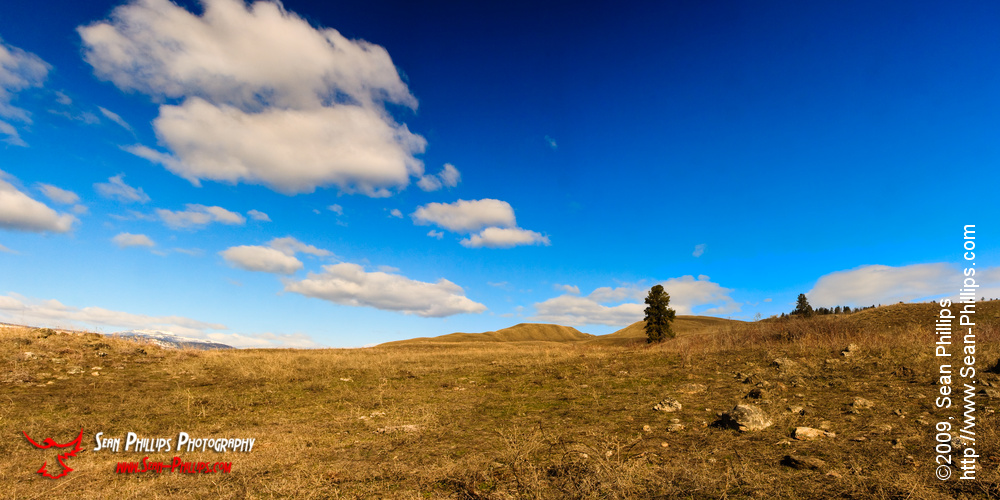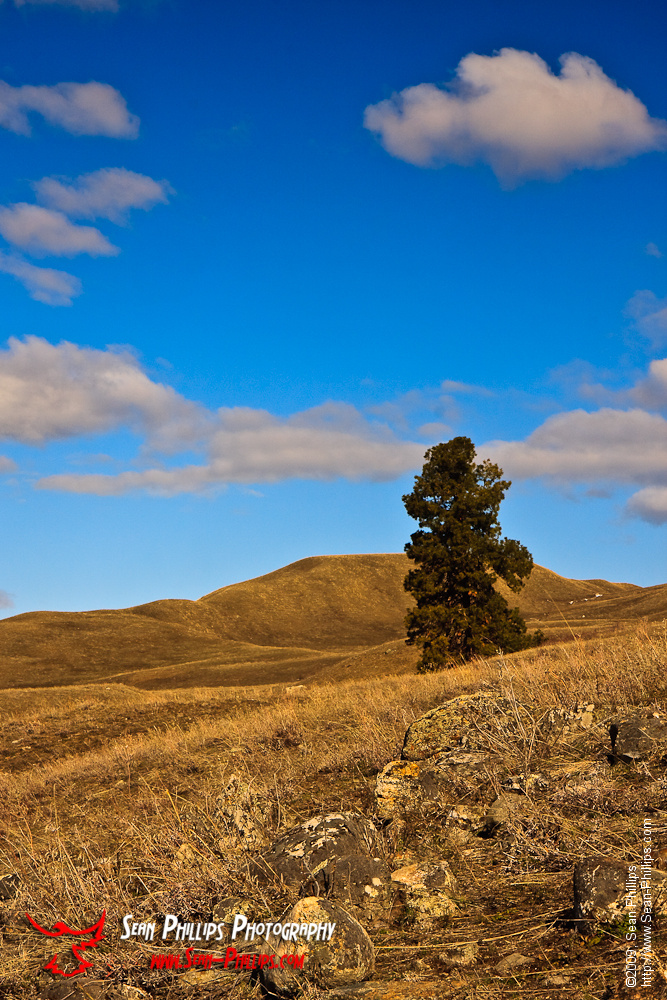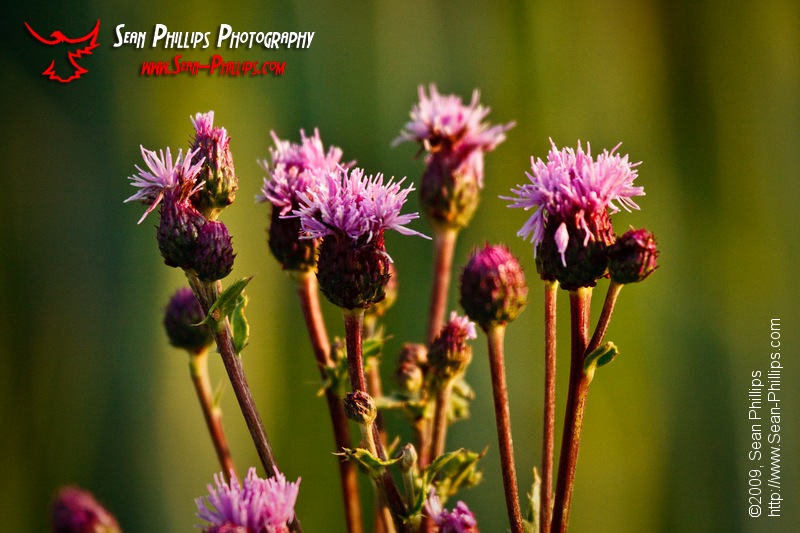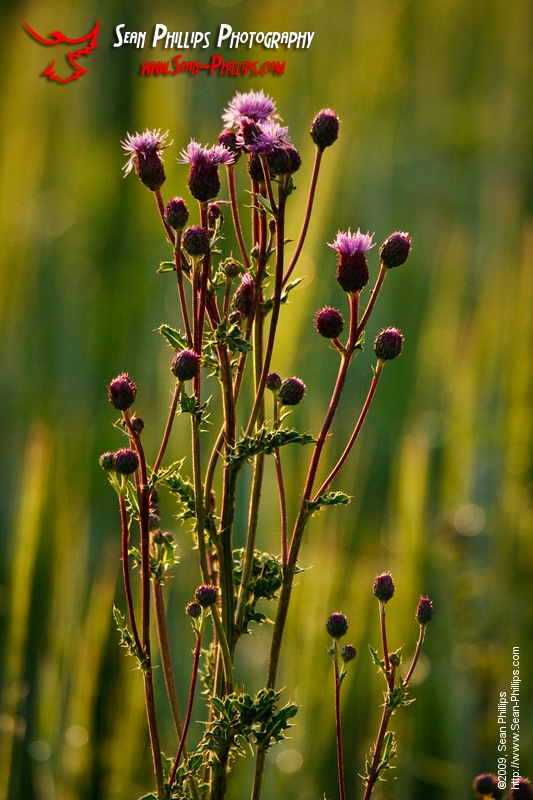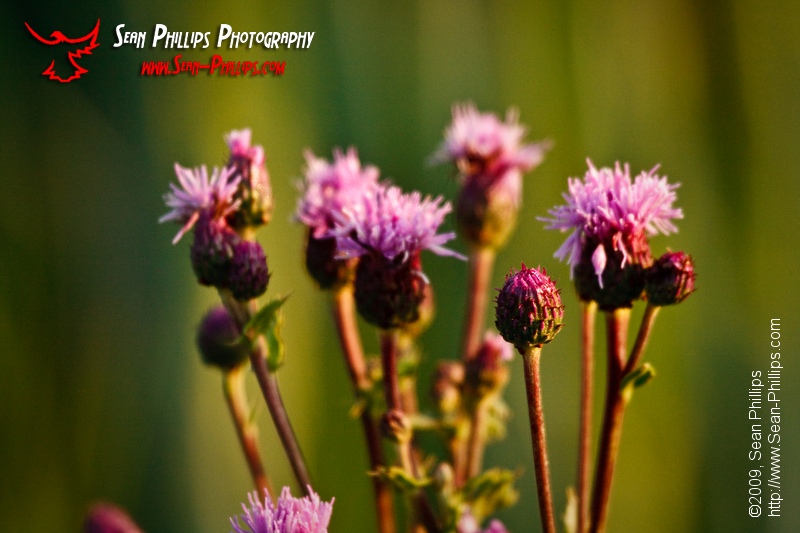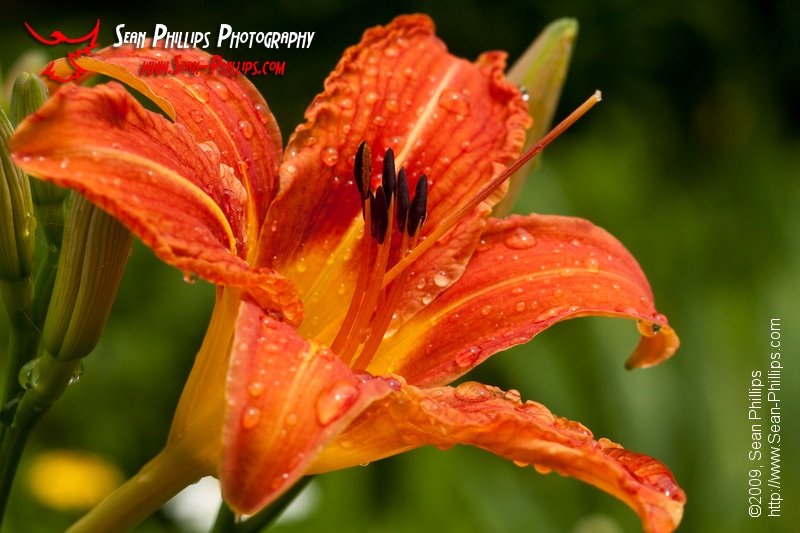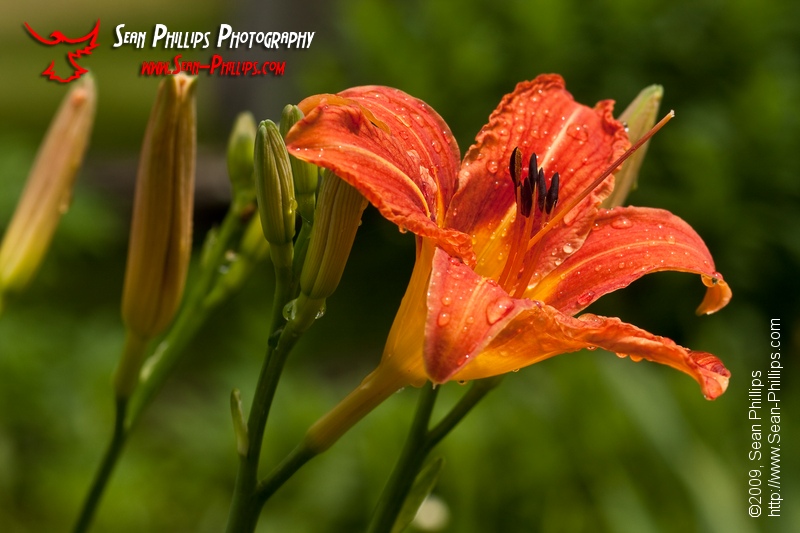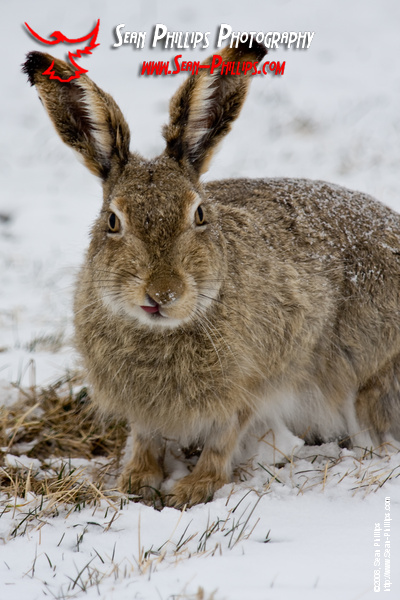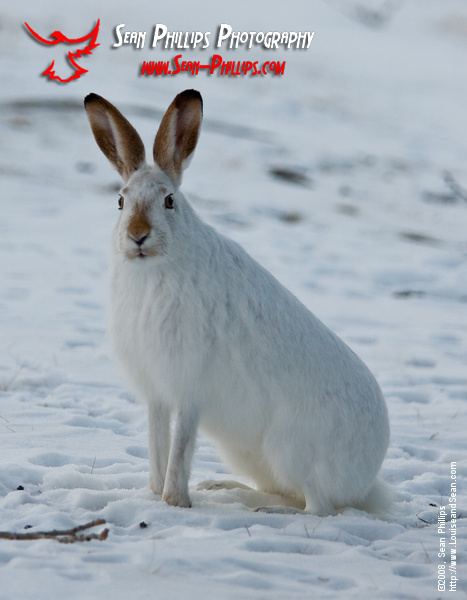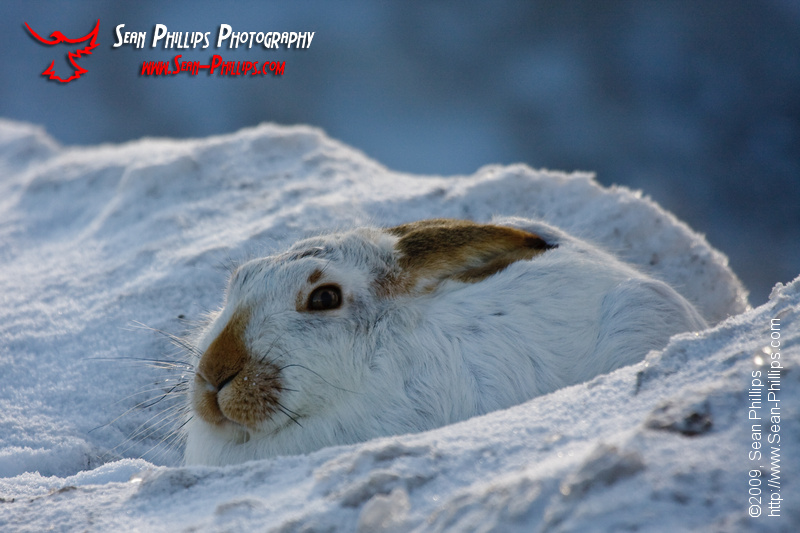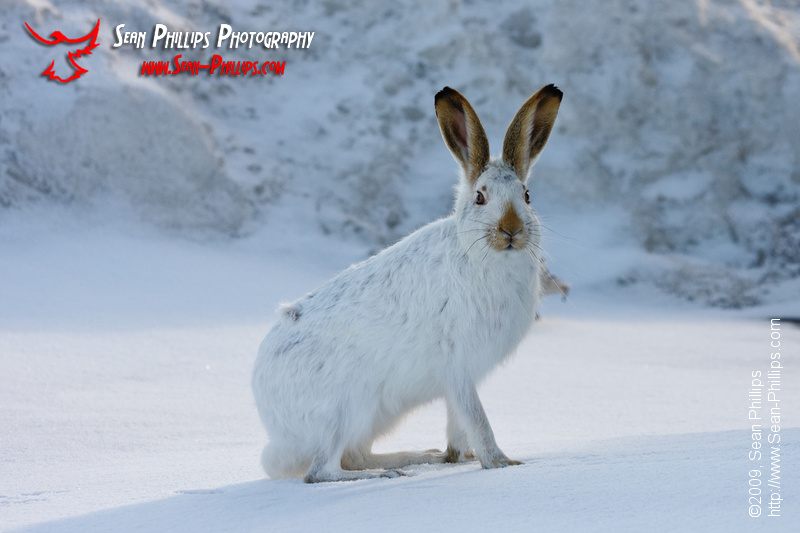One of my favorite places to look for birds and animals is right in the city (Calgary) near my home. Carburn Park is a man-made city park on the banks of the Bow River. Although it was developed to be very accessible to everyone, including a paved path all the way around the park, it also has large stretches of naturalized areas and has become home to thousands of birds and animals. It is a very beautiful park and it is a fantastic place to go birding in all seasons.
Although not as common as the deer that can always be found in the park, I have recently seen Coyotes several times. I had seen this animal earlier in the evening while it sauntered across the frozen lake. There were people walking all around the park and it really did nothing to avoid them. I eventually found it again a little further back in the woods.
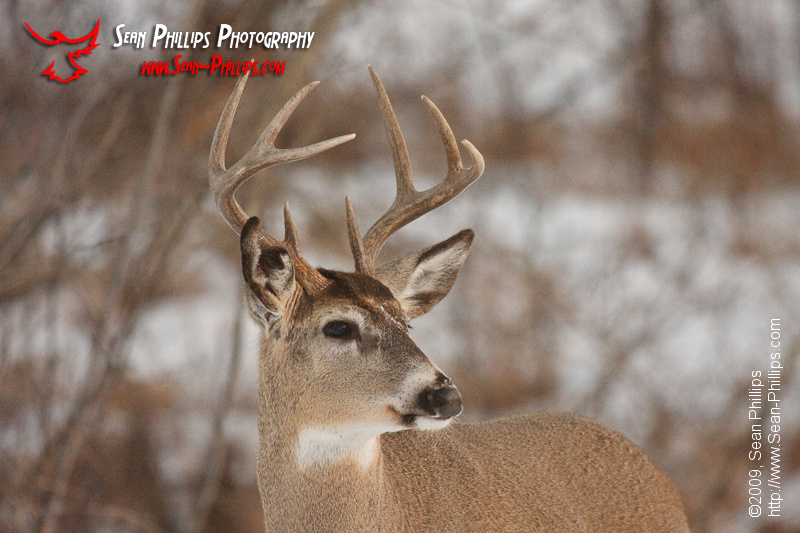
The park is home to very large herd of White-tailed Deer. There were quite a few deer wandering around in the woods while I looked for the coyote, and they were very skittish when the coyote passed close by. They are very used to people and completely ignored me however.
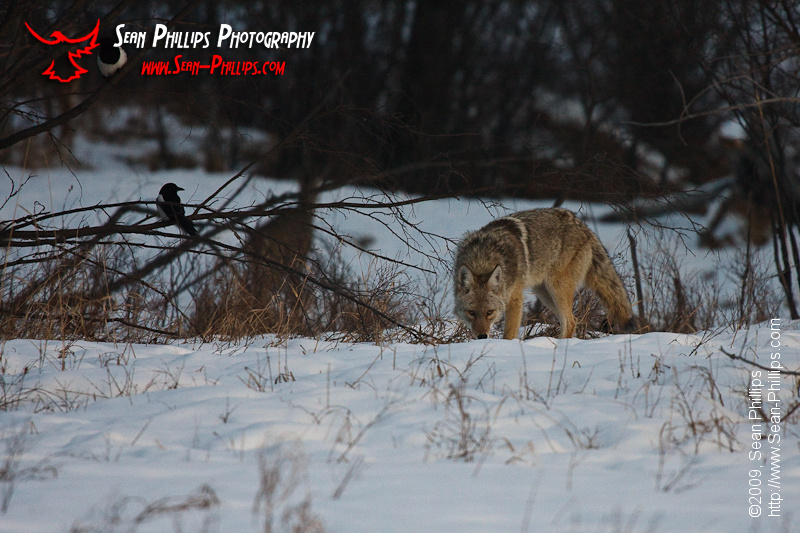
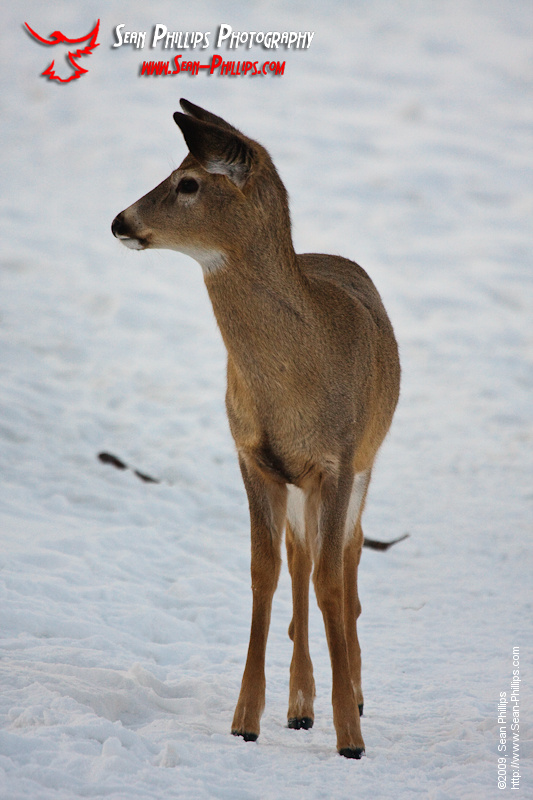
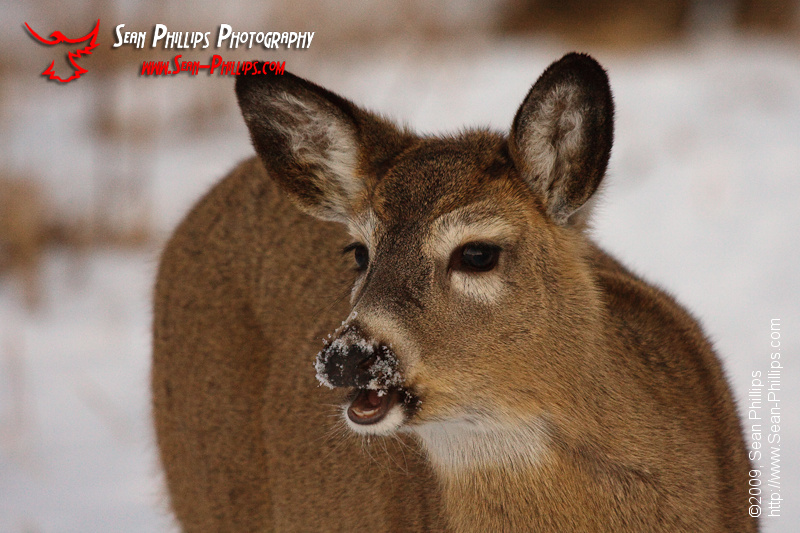
I have seen the Deer in the park many times before, and I knew that the resident herd was quite large, but I really had no idea just how many live there were until I saw people feeding them just before sunset. A man whistled a couple of times and then dozens of deer came running from all over the park. They were obviously accustomed to being summoned for a free meal.
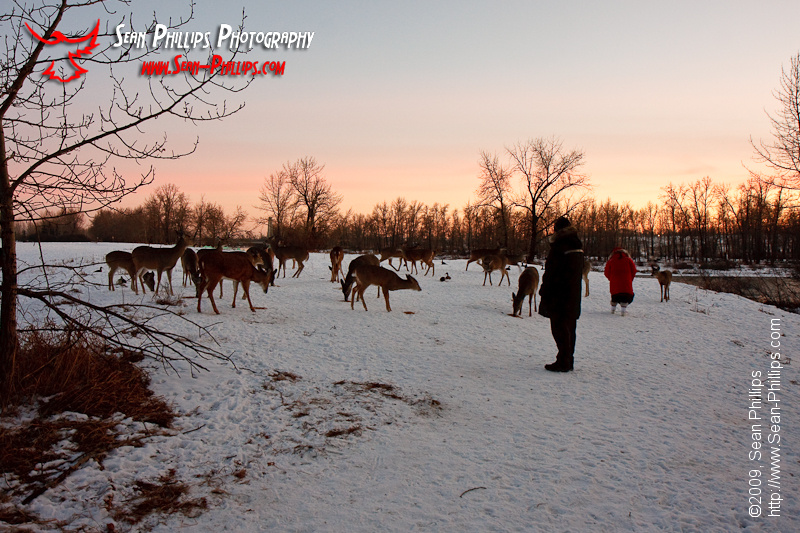
I don’t understand why these people think it is necessary to feed wild animals. I really doubt that they understand the danger they are putting these deer in. There were at least two coyotes skulking around in the park that night and I’m sure they would love to take advantage of some fat, grain-fed deer that weren’t paying attention to anything other than the easy meal in front of them.
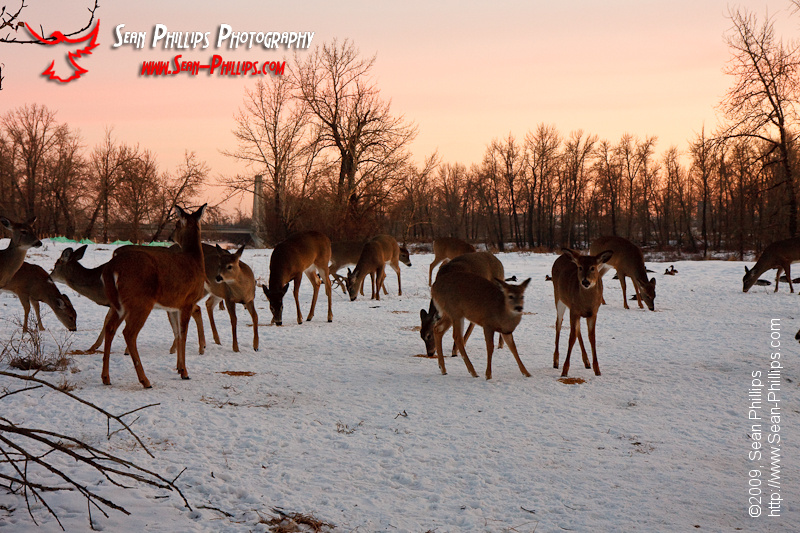
The bigger question is what the deer will do when these people stop feeding them, as eventually they will. The animals have clearly become habituated to having their meals delivered to them, and they have completely lost their fear of people. If it gets so bad that they come to depend on the people to provide their food, then what will happen to them when the food wagon stops rolling in?
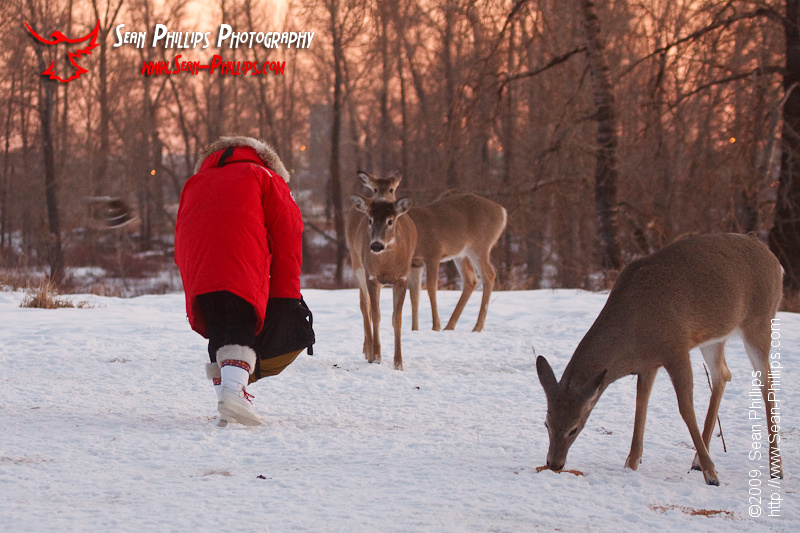
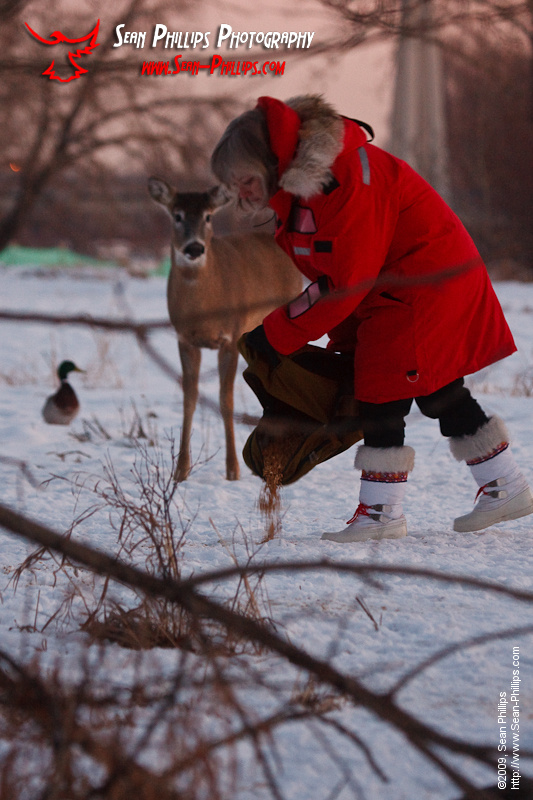
I love going to Carburn Park and I’m always excited to see the birds and animals that live there, but knowing what I know now about these deer, I am terribly conflicted about photographing them… I’d love to here what other people think about this issue?
